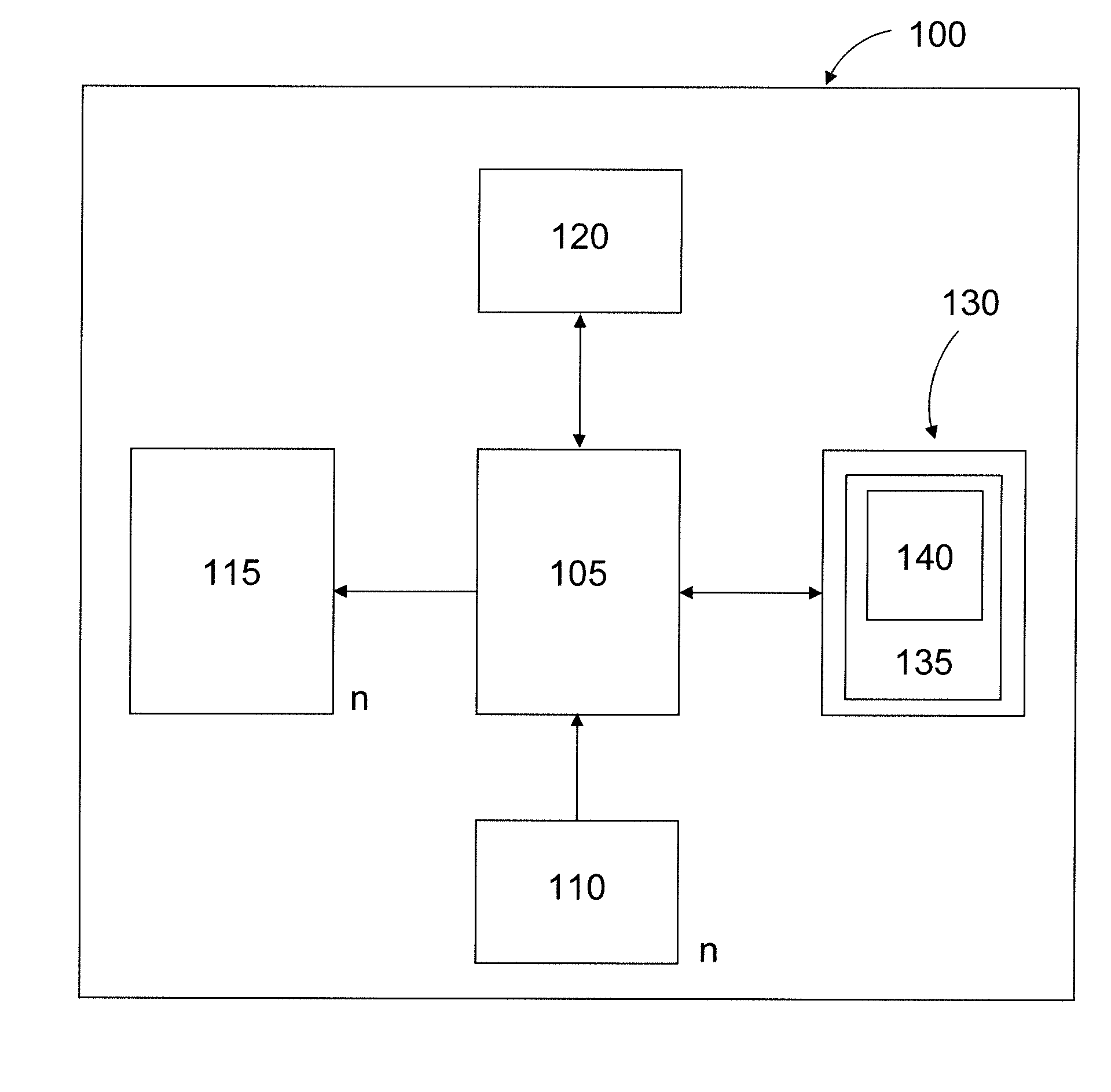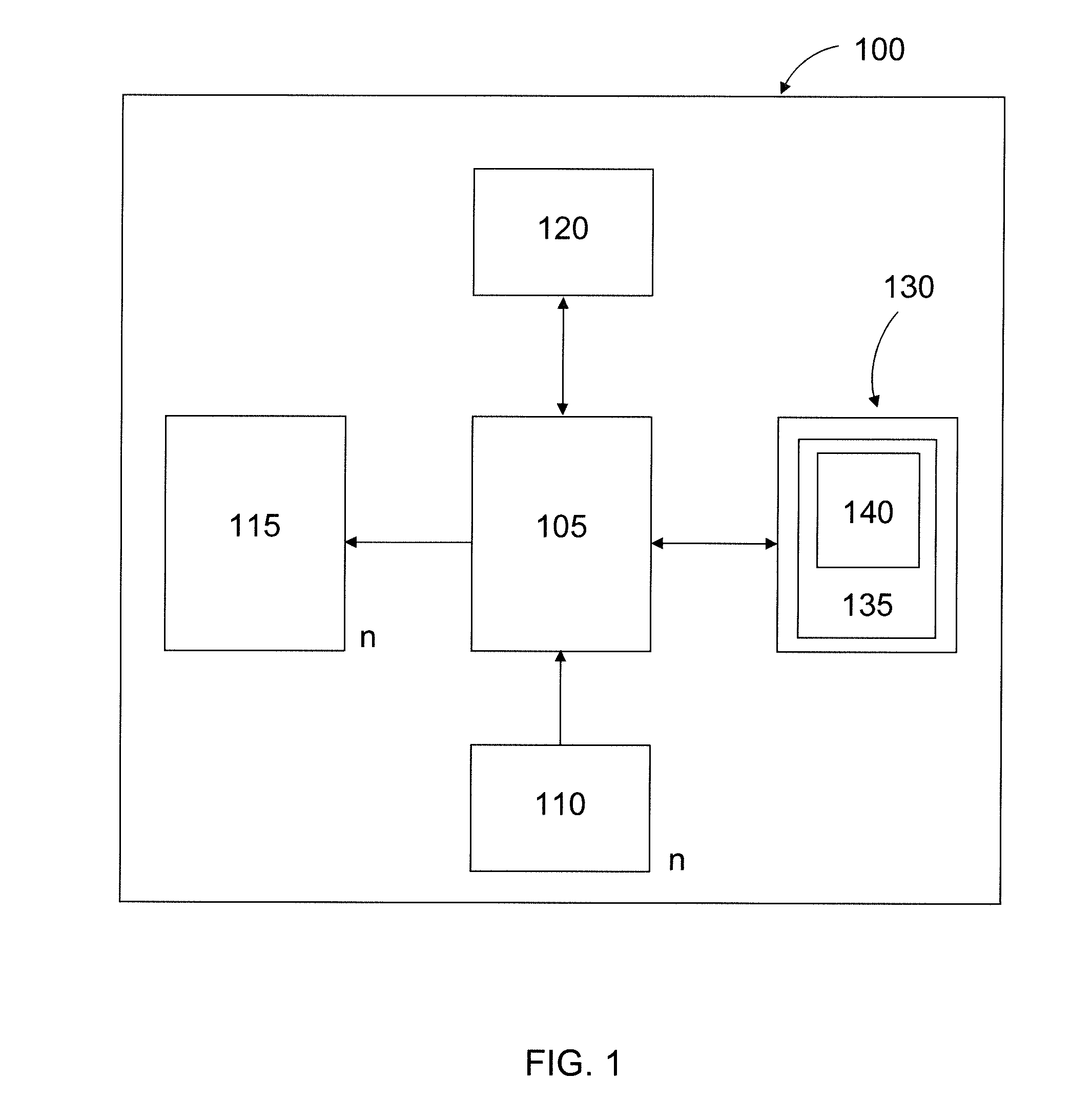Systems and Methods for Managing Sending of Items
a system and sending method technology, applied in the field of systems and methods of managing items, can solve the problems of prohibitively large cost of purchasing stamps or prepaid postage, inconvenient and/or time-consuming process, and often significant transaction costs of sending items from one user to another, and achieve the effect of improving the efficiency of servi
- Summary
- Abstract
- Description
- Claims
- Application Information
AI Technical Summary
Benefits of technology
Problems solved by technology
Method used
Image
Examples
Embodiment Construction
[0135]Embodiments of the present invention relate to systems and methods of managing sending of items between peers. In particular, the present invention relates to systems and methods of managing sending of items between peer users of an online service. The online service may be any service that requires a transfer of items between users. For example, the online service may be an online selling, trading, gifting, borrowing, bartering, swapping, renting, sharing or social networking service, or a service that provides a transfer of items, for example for businesses, consumers or any of these services.
[0136]With reference to FIG. 1, a schematic diagram illustrates an apparatus in the form of a computing device 100, such as, but not limited to a laptop computer, personal computer, netbook, notebook, personal digital assistant (PDA), tablet PC having a touch sensitive screen, portable multimedia device, smartphone, tablet, phablet or other electronic device having appropriate known com...
PUM
 Login to View More
Login to View More Abstract
Description
Claims
Application Information
 Login to View More
Login to View More - R&D
- Intellectual Property
- Life Sciences
- Materials
- Tech Scout
- Unparalleled Data Quality
- Higher Quality Content
- 60% Fewer Hallucinations
Browse by: Latest US Patents, China's latest patents, Technical Efficacy Thesaurus, Application Domain, Technology Topic, Popular Technical Reports.
© 2025 PatSnap. All rights reserved.Legal|Privacy policy|Modern Slavery Act Transparency Statement|Sitemap|About US| Contact US: help@patsnap.com



